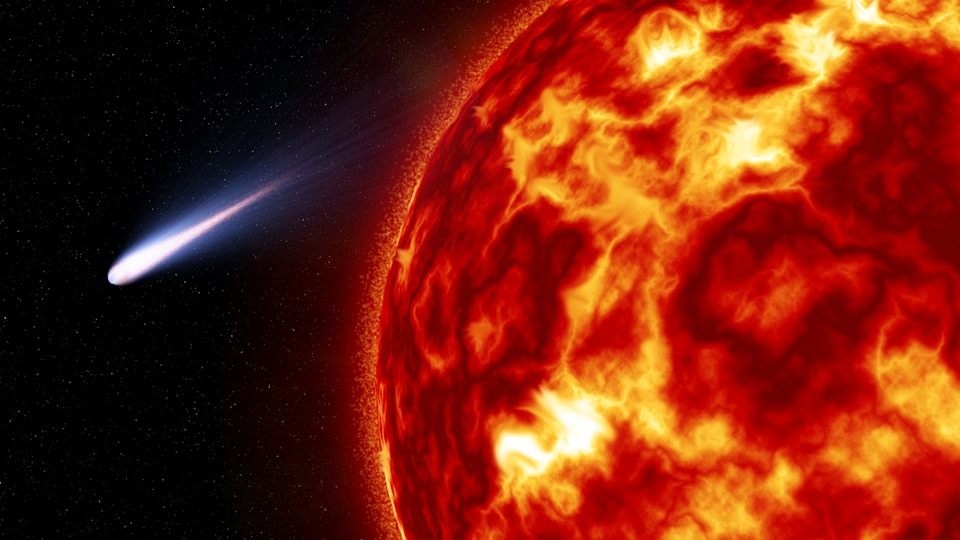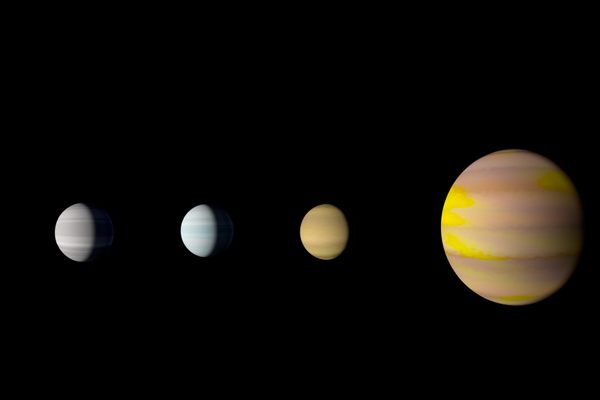Found: A Comet on a Weird, Wild Swoop Around the Sun
It may be the first interstellar comet ever observed.

Earlier this month, astronomers working with the PanSTARRS 1 telescope, mounted on a volcano in Maui, observed a comet on a path unlike any observed before. Normally, comets orbit the sun; this one dove into the plane of our solar system at a nearly perpendicular angle, swooped around the sun at 57,600 mph, and headed back out into space.
You can see what that looks like in this nifty image made by Tony Dunn (and found via Popular Mechanics):


Based on its behavior so far, this comet is never coming back to the neighborhood. This is the last we’ll see of Comet C/2017 U1.
The implication of these observations is pretty astounding. “Unless there are serious problems with much of the astronomy listed below,” the astronomers wrote, “…this object may be the first clear case of an interstellar comet”—a comet that came for a visit from outside our own solar system.
The original observations of the comet were collected over six days, and it’s not possible to say for sure exactly where the comet came from yet. “Further observations of this object are very much desired,” the scientists write. Telescopes all over the world are now trying to get a glimpse of this strange and unusual comet before it hightails it out of here forever.









Follow us on Twitter to get the latest on the world's hidden wonders.
Like us on Facebook to get the latest on the world's hidden wonders.
Follow us on Twitter Like us on Facebook